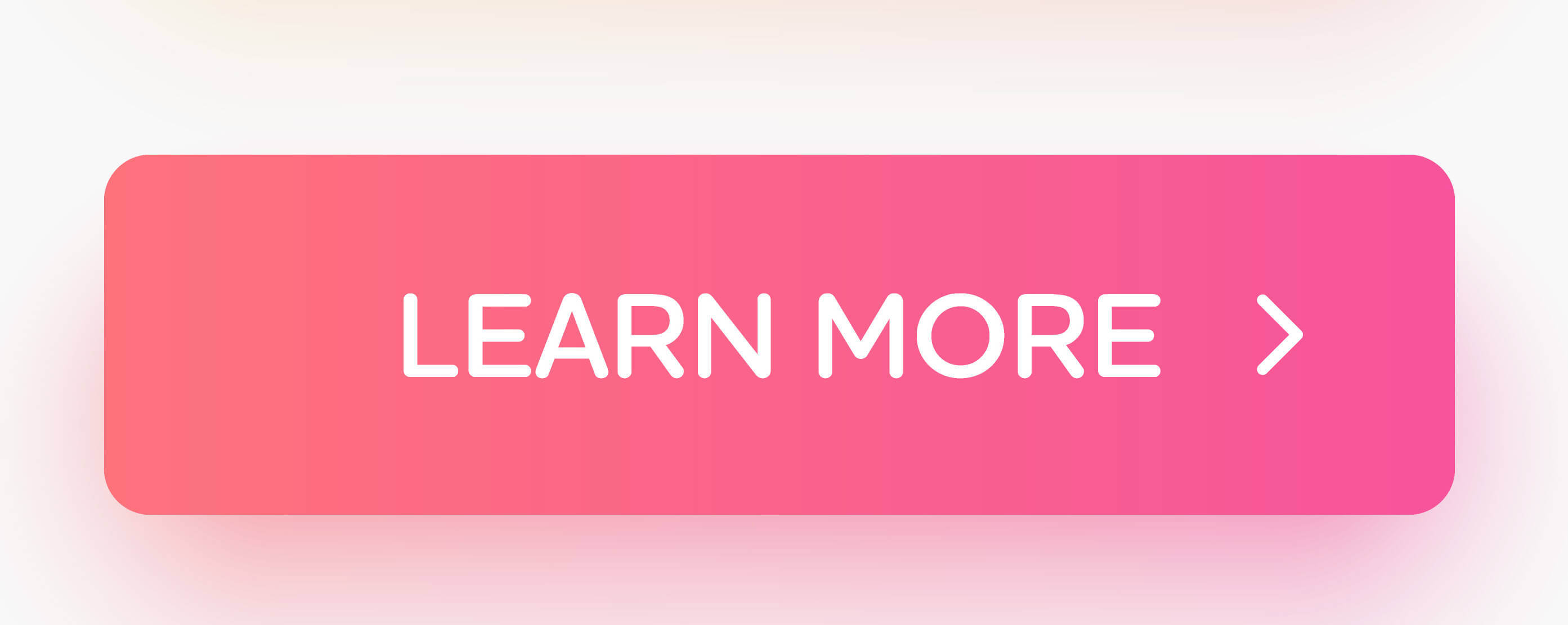So what does “learner experience” mean?
Learner experience is no longer just a learner's experience with the content and how they interact with it.
It’s the entire learner journey:
- becoming aware of a need
- being able to find an answer or resource
- being able to access and participate in learning seamlessly within their workflow without jumping through hoops
- being able to interact with real people (experts, peers, instructors etc.) in a coherent way
- being able to not just consume things created by others but being able to personalize those resources into personal and actionable insights that become uniquely theirs.
It doesn’t end with the actual training event. How do trainers support the learning through use within jobs, answering questions, and needing to be refreshed on information?
What is a common myth about learner experiences?
Learners need more content.
Yes, content is important. But what turns content into a meaningful learning experience is embedding that content within the right context and with the right activities to promote learning and application.
While content might apply across situations, the context and activities need to be uniquely relevant to the organization, to the specific learners, and to their role in addressing the business problem that the training seeks to address.
It’s also a myth that all content has to be professional quality. It doesn’t, it just needs to be relevant. A video captured from a subject matter expert (SME) on their mobile device can often make a bigger impact, much faster, than a costly and timely, highly produced e-learning video. Think about when something breaks at home—you watch a homemade video from someone on YouTube to learn how to fix it. It’s okay for work learning to mirror our personal learning.
What is a best practice for designing a good learning experience?
Bring together strong content with clear, compelling context and worthwhile assignments.
Great learner experiences make the business goals relevant, tangible and immediate for learners. That might sound simple, but anyone who has created training knows it is not!
Doing this will help learners internalize, apply, and synthesize whatever it is those learners ultimately need to help the business excel. Because learning is most powerful, most provocative, and impactful when learners get to own their learning and make it theirs.
Bring the learner into your learner experience design strategies. Ask them what they want, need and like. Ask them to film some videos, moderate discussions, etc. What you’ll end up creating will be much closer and relevant to the learner than what you would build with assumptions from the L&D (learning and development) silo.
What makes for bad learner experiences?
Not recognizing the strengths, possibilities and parameters of the different modalities available today and using them effectively.
Designing and adapting learning experiences should make the most of available options, not try to replicate exactly what they used to do in one medium in a completely different one.
Another pitfall: making the learner work hard to get to their learning through extra clicks, multiple logins, do something here and discuss it way over there – not using an integrated experience.
Also, any kind of e-learning that goes longer than 10 to 15 minutes. This is just a test of endurance, and not a learning experience.

How do you measure a learner experience?
The measure of any learning experience needs to be, “how well did the people and the business achieve their goals?”
This is true whether those goals were building a deeper, stronger leadership pipeline or increasing sales or reducing errors. The beauty of online collaborative learning platforms is the range of leading indicators available via at-a-glance dashboards and detailed reporting.
There’s no one particular piece of individual data to measure; it’s a combination of all sorts of data points that build a learner experience story:
- When do they log in?
- How long do they stay?
- How often do they come back?
- What is most liked (what kind of content was it)?
- What is least liked (what kind of content was it)?
- Where was the most active discussion; where was the least amount of discussion?
- How many people started; how many people completed; where did people drop off?
And on and on. With all these data points, you can start to paint a picture of what the experience looked like throughout the learners’ journeys.
Most importantly, be honest with your data. It’s very easy to just point out the data points that support your success, but if you discount or ignore the data that tells you something didn’t work, you may set yourself up for failure the next time.
What background or skills do departments need to develop a strong learning experience?
Look for staff who have successfully navigated a change of learning medium before.
- How did they handle the change from ILT (instructor-led training) to vILT (virtual instructor-led training) or e-learning?
- How have they maximized the strengths of each medium, working effectively within those constraints in using each?
- When given a choice of which media to use for a program, how do they make that selection; what criteria do they use?
- What skills and knowledge do they bring from beyond the typical boundaries of training? For example, from information architecture or L&D theories to inform effective organization and flow; from marketing and writing to generating learner engagement and appropriate emotion; or from visual design and web UX to know how to make the best immediate impressions and intuitive flow.
Summary: Why a learner experience is so important
A good digital learning experience generates an immediate, positive emotional reaction – like curiosity and a sense that “the people who created the experience understand me and my challenges.”
If you accomplish that, then learners keep coming back. They WANT to return, because they know it will be worth their while; they’ll gain from that experience.
And even after a training event or period is over and done, the digital experience is still there – referenceable, something they can use to refresh, something they can share with a colleague who has a similar challenge, and something they come back to if it’s a quality learner experience. This is why the learner experience is more than just content.
Intrepid’s GM, Sam Herring, was recently asked questions about learner experiences for a Training Industry podcast and it got an email ‘roundtable’ started amongst some of our colleagues. Here is the collective wisdom about the all-important learner experience.
Ready to rethink your learner experiences? Book a demo now and discover how our solutions can transform your training programs into engaging and effective learning journeys.
Frequently asked questions about learner experiences
What is a learner experience?
A learner experience, or LX, is more than just a learner interacting with course content. It represents a holistic and engaging journey of a learner that takes into account the learner’s needs, context, and goals.
What is a good learner experience?
A good learner experience involves combining strong content with clear context, meaningful assignments, and a learner-centric approach that makes business goals relevant and immediate, allowing learners to take ownership of their learning and achieve excellence.
What is a bad learner experience?
A bad learner experience results from not effectively adapting to modern modalities, replicating old methods in new mediums, creating a disjointed learning journey with too many hurdles, and subjecting learners to excessively long e-learning sessions that lack engagement.
What are the elements of a learner experience?
A learner experience includes the following components:
- Awareness of a Need: Recognizing the need for learning or skill improvement.
- Finding Answers or Resources: Discovering relevant learning materials or resources.
- Seamless Access and Participation: Being able to access and engage in learning without obstacles or disruptions.
- Interaction with Real People: Interacting with experts, peers, instructors, or others in a collaborative and meaningful way.
- Personalization of Resources: Tailoring learning resources to one's needs, turning them into personalized and actionable insights.
Contributors: Elizabeth Pearce, JR Burch, Manjit Sekhon and Nicole Bunselmeyer
false LOREM IPSUM TITLE




 Previous
Previous